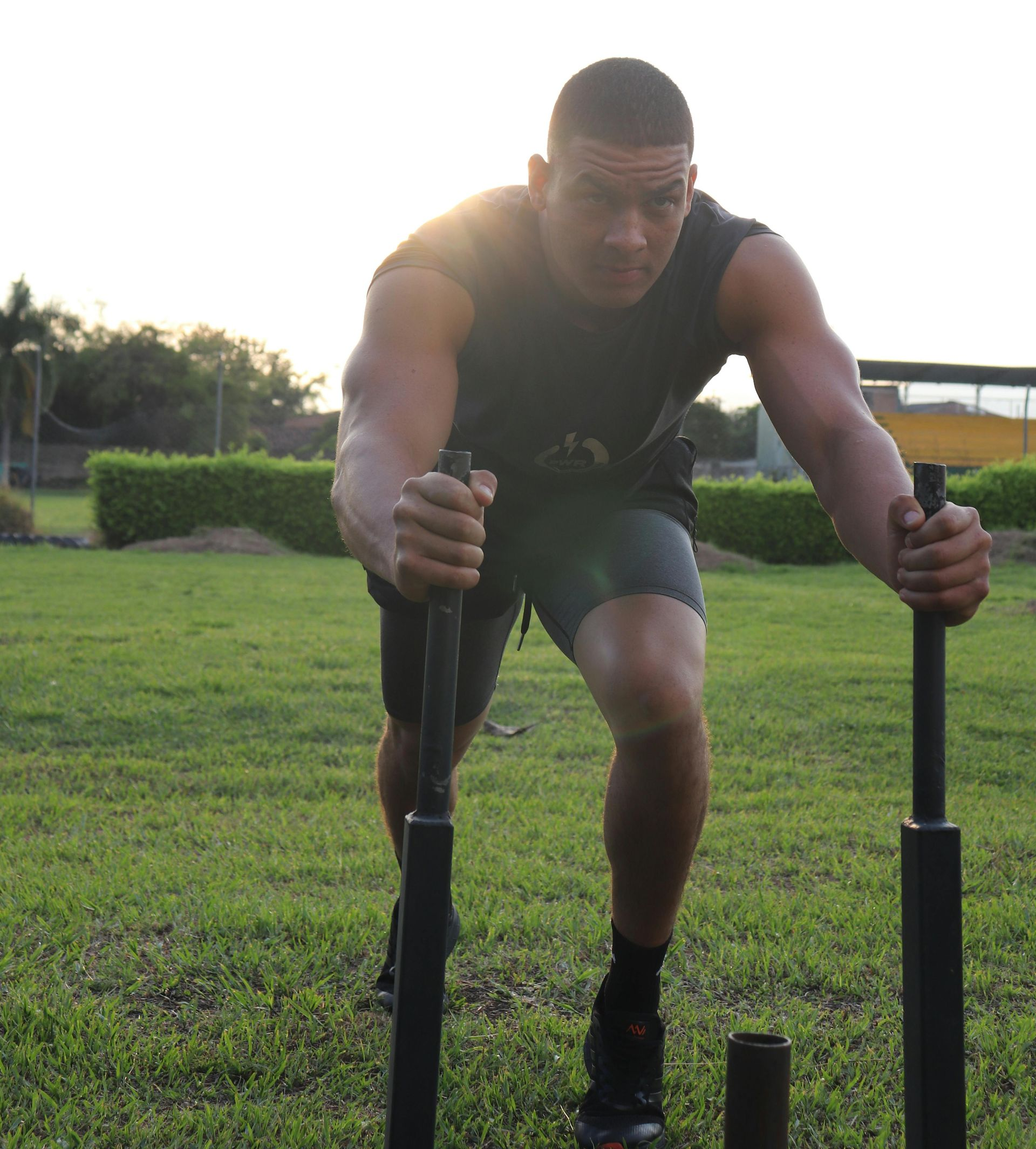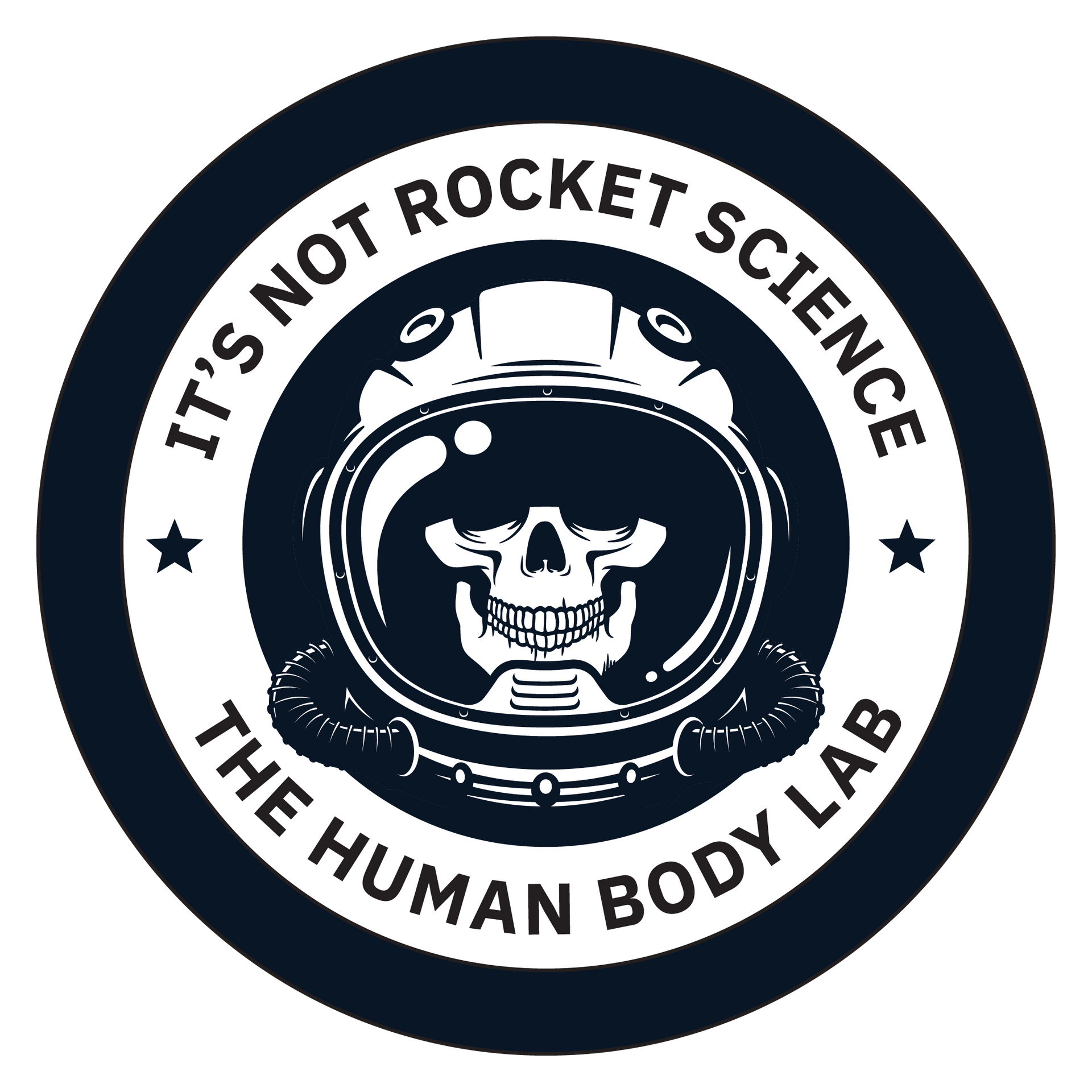Metabolic Efficiency Training (MET) and Maximum Aerobic Function (MAF)
Introduction
It has been proven that people that use carbohydrates predominantly as a fuel source have a much greater chance for metabolic conditions such as diabetes and cardiovascular diseases (1). Also, fueling becomes a struggle for these individuals when participating in endurance events. Causing a much greater chance of the dreaded “bonk”. Conversely, fat metabolism is a slow process, even though it has a high yield of energy compared to carbohydrates. This causes a reliance on carbohydrates during high intensity exercise(2). There are several different systems that incorporate the “go slow to go fast method”. I will discuss two methods later in this article.
What is the Goal?
When an individual develops a training plan, they must consider several different factors:
1. Is the goal health or performance related?
2. How fast do they plan/need to reach their goal?
3. If performance related, how long is the event?
4. What type and intensity will the event be performed at?
5. What metrics need to be measured?
The Science Behind Sub-threshold Work
First let me define subthreshold. This is work done below your aerobic threshold or the point where you are using mostly if not all fats as an energy source. The benefits of subthreshold work are broken down into two components. 1. Increased mitochondrial density and 2. Increased capillary density.
Mitochondria are cell organelles that are responsible for nearly all of the fat metabolism in the body, which is a slow process. The more mitochondria you have, the more energy you can produce using fats. Higher intensities require energy to be produced using faster modes than what can be produced in the mitochondria.
Capillary density refers to the amount of capillaries within the muscle fibers. Capillaries are the structures responsible for oxygen and carbon dioxide exchange. The more of these structures you have, the oxygen you can use and the carbon dioxide you can remove.
MET & MAF
Two similar training systems have come the forefront when it comes to developing systems that incorporate sub aerobic threshold training. The Metabolic Efficiency Training (MET) created by Bob Seebohar and the Maximum Aerobic Function (MAF) Method developed by Dr. Philip Maffetone. To keep this article short, I will not attempt to explain the plans. This may lead to confusion by providing only information in part. More information can be found on each of their websites.
Both systems stand very solid in backed evidence and indisputably will work…. Well, maybe! The systems will work if the adherence is strict. But, more importantly, if they align with your goals and they align with your current metabolic status. The big question is where are you at now? Without this answer, jumping into a system gives you about a 33% chance of success. One difference between MET and MAF is that the MET system relies on the incorporation of a metabolic efficiency profile test (MEP), whereas the MAF system relies on an estimation using the equation: 180 - your age. I have performed many MEP tests in my lab and as far as I can tell, there is no equation that can be used to calculate a person’s metabolic profile based on their age.
What is MEP?
MEP is a unique profile of an individual’s carbohydrate vs. fat metabolism at any given heart rate. The profile provides objective information that can be incorporated into a person’s training plan or lifestyle.
How is MEP determined?
MEP is determined when an individual performs a graded exercise treadmill test similar to a VO2max test. The test lasts 24 minutes where the subject begins with a slow walk and increases to a run usually finishing near or at their VO2Max. I like to get both metrics on the same day.
During the exercise test, the individual will breathe through a mask and the amount of oxygen utilized and carbon dioxide produced will be measured. These are the two main factors we can measure related to fats vs. carbohydrate metabolism. The simple explanation is that both utilize oxygen but carbohydrate metabolism produces a significantly larger quantity of carbon dioxide. The point where a person is burning both carbohydrates and fats equally is called the crossover point.
On the next page you can see a comparison of two females ages 38 & 40. Without getting too deep into the weeds, you can see a dramatic difference between the two in terms of metabolic efficiency. One is quite a carb burner with an aerobic threshold of 83 and the other is much more metabolically flexible with an aerobic threshold of 141. Using a simple equation would have not been effective for either of these athletes. The most surprising thing from these results is that the carb burner is a slow runner, while the metabolically flexible athlete is a HIIT junkie. There is a reason, but I can’t share all of my secrets ; ) More information on thresholds can be found at the humanbodylab.com/resources.
Summary
“Go slow to go fast” is a successful method at helping people reach their goals when used in a systematic approach. Many










